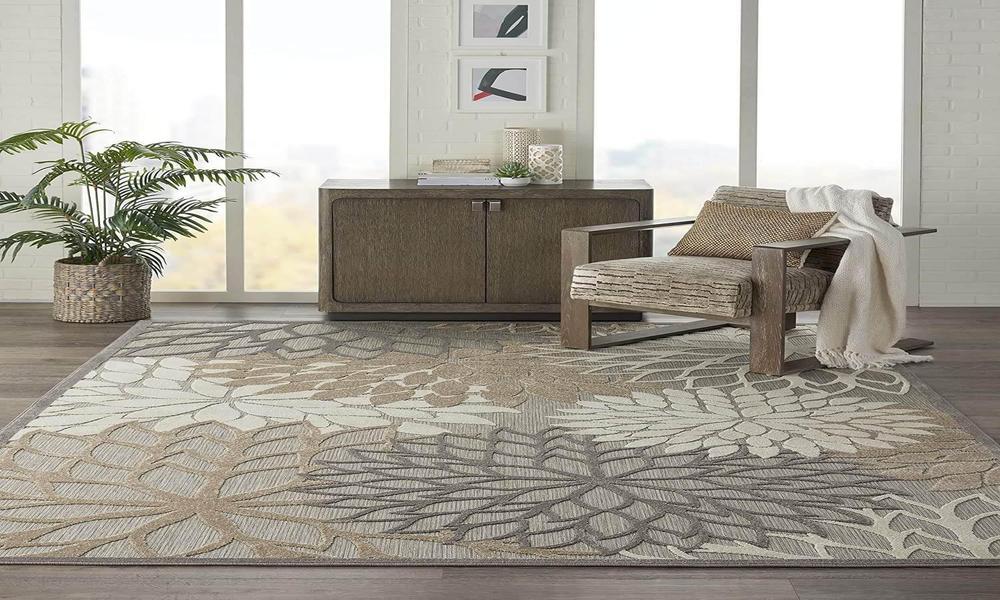
Why HAND TUFTED CARPETS Is No Friend To Small Business
Production Capacity: Hand-tufted carpets are typically made in smaller quantities due to the intricate and time-intensive production process. Small businesses may struggle to meet the demands of their customers if they can’t produce or source these carpets promptly.
Competition: Hand-tufted carpets are often associated with high-end or luxury markets. Small businesses may find it challenging to compete with larger retailers or established brands that have more resources, marketing power, and customer reach.
Limited Customization: While hand-tufted carpets can be customized to a certain extent, they are not as versatile as other carpet manufacturing methods such as machine weaving. Small businesses often thrive by offering unique and personalized products to their customers. The limited customization options of hand-tufted carpets may limit their ability to cater to individual customer preferences.
Maintenance and Durability: Hand-tufted carpets may require more maintenance compared to other types of carpets. They can be more susceptible to shedding, pilling, and wearing out over time. Small businesses may face challenges in providing after-sales support or warranty services for these carpets, which can impact their reputation and customer satisfaction.
No More Mistakes With HAND TUFTED CARPETS
Understand the Construction Process: Hand-tufted carpets are made by punching yarn through a backing fabric using a tufting gun. Unlike hand-knotted rugs, where each knot is individually tied, hand-tufted rugs are created using a faster and less intricate process. Knowing this difference will help you set realistic expectations in terms of quality and durability.
Quality Assessment: When buying a hand-tufted carpet, examine the density and thickness of the pile. A denser pile generally indicates better quality. Run your fingers through the carpet and check for any loose tufts or areas where the yarn is coming off. Look for even and consistent stitching on the backside of the carpet.
Rug Pad Usage: Always use a rug pad underneath your hand-tufted carpet. Rug pads provide cushioning, prevent slipping, and help to prolong the lifespan of the carpet. They also reduce the risk of damage to the floor beneath the carpet.
HAND-TUFTED CARPETS Strategies For Beginners
Study Design Techniques: Explore different design techniques used in hand-tufted carpets, such as cut pile, loop pile, or a combination of both. Learn about pattern creation, color blending, and the use of different yarn types to achieve various textures and effects.
Practice with Basic Designs: Start practicing hand-tufting techniques with simple designs and patterns. This will help you become familiar with the tufting gun, yarn tension, and the overall process. Gradually increase the complexity of your designs as you gain confidence and skill.
Experiment with Colors and Textures: Play around with different color combinations and yarn types to create unique visual effects in your hand-tufted carpets. Explore different pile heights and densities to create varied textures and surface qualities.
Document Your Progress: Keep a record of your hand-tufted carpet projects. Take photos, make notes, and maintain a portfolio to track your progress and improvements over time. This will help you identify areas where you can enhance your skills.
Learn from Mistakes: Accept that mistakes are part of the learning process. Analyze your errors and learn from them. Embrace constructive criticism and seek feedback from others to refine your techniques.
